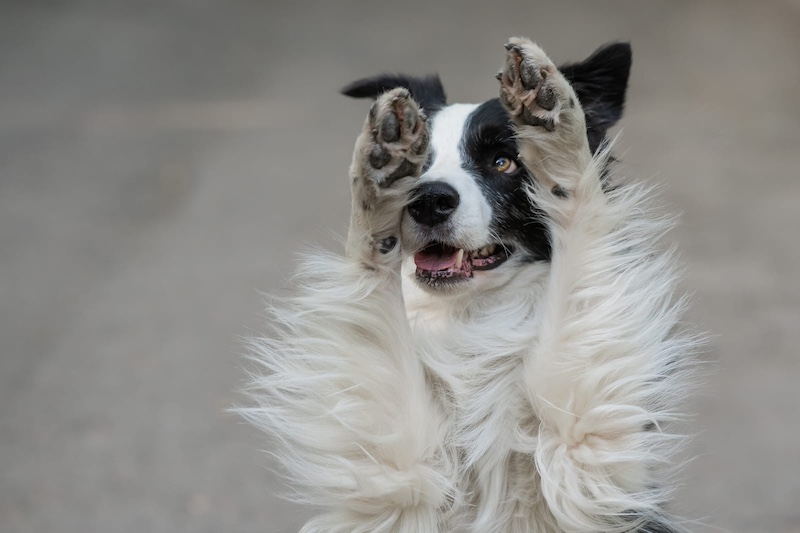As the temperatures rise, so do the dangers associated with hot pavement for your furry friends. Dogs’ paws are sensitive, and exposure to hot surfaces can cause burns, blisters, and severe discomfort. To ensure your dog’s paws stay safe during the warm months, here are ten essential tips to protect them from hot pavement.
1. Walk During Cooler Times of the Day
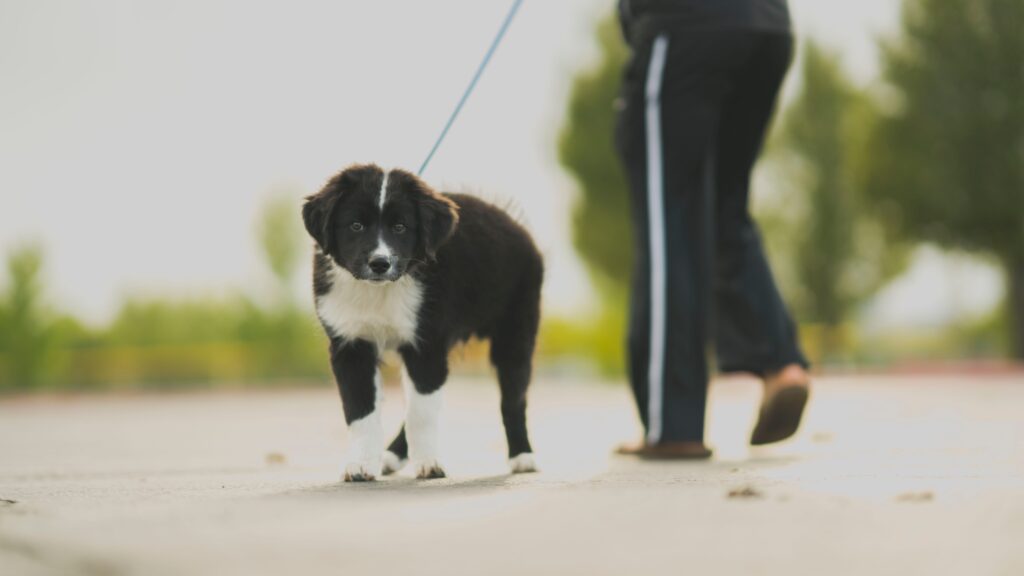
One of the simplest and most effective ways to prevent your dog’s paws from getting burned is to walk them during the cooler parts of the day. Early mornings and late evenings are ideal times for walks, as the pavement is typically much cooler than during the peak heat of midday. Avoiding the hottest part of the day can significantly reduce the risk of paw injuries.
2. Test the Pavement Temperature

Before heading out for a walk, always test the pavement with your hand or barefoot. If it’s too hot for you to keep your hand or foot on it for more than a few seconds, it’s too hot for your dog’s paws. This quick test can help you gauge whether it’s safe to proceed with your walk or if you should wait until it cools down.
3. Use Protective Paw Waxes
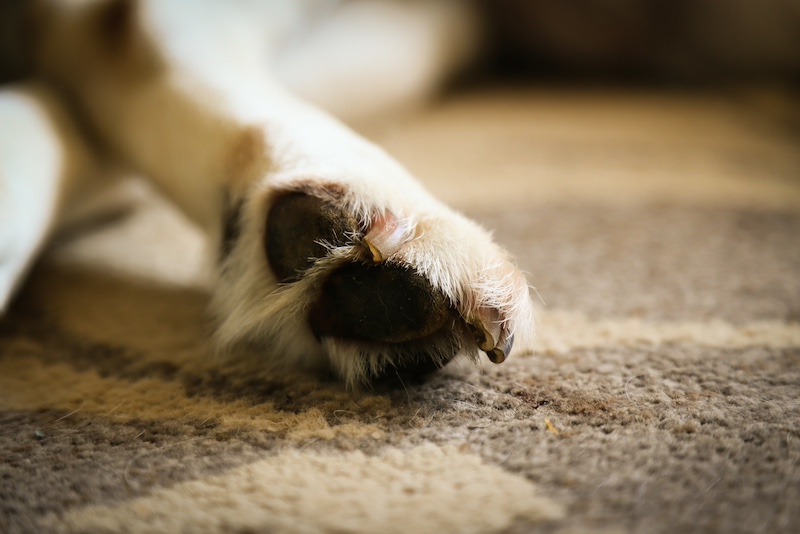
Paw waxes, like Musher’s Secret, can create a protective barrier on your dog’s paw pads. These products are designed to shield against harsh surfaces, including hot pavement. Apply a thin layer to your dog’s paws before heading out. Paw waxes not only protect against heat but also provide a layer of protection against ice, salt, and rough terrain.
4. Invest in Dog Booties
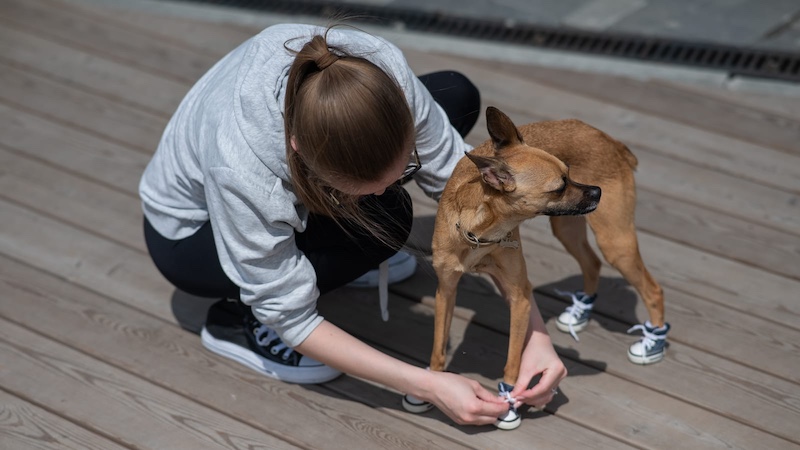
Dog booties are an excellent investment for protecting your dog’s paws from hot pavement. These booties are made with heat-resistant materials and provide a barrier between your dog’s paws and the hot surface. While some dogs may need time to get used to wearing them, they offer an effective solution for paw protection.
5. Stick to Shaded Areas
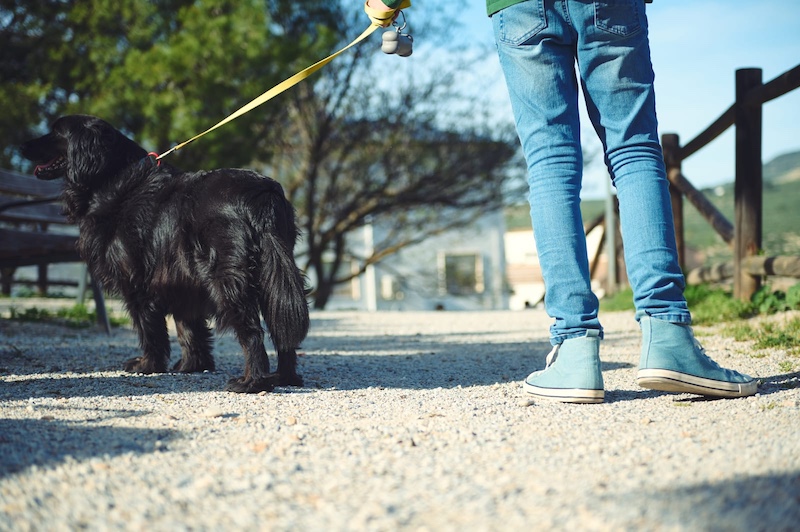
When walking your dog, try to stick to shaded areas as much as possible. Trees, buildings, and other structures can provide relief from the sun and cooler surfaces for your dog to walk on. Planning your route to include shaded areas can make a significant difference in keeping your dog comfortable.
6. Use Paw Pads Moisturizers
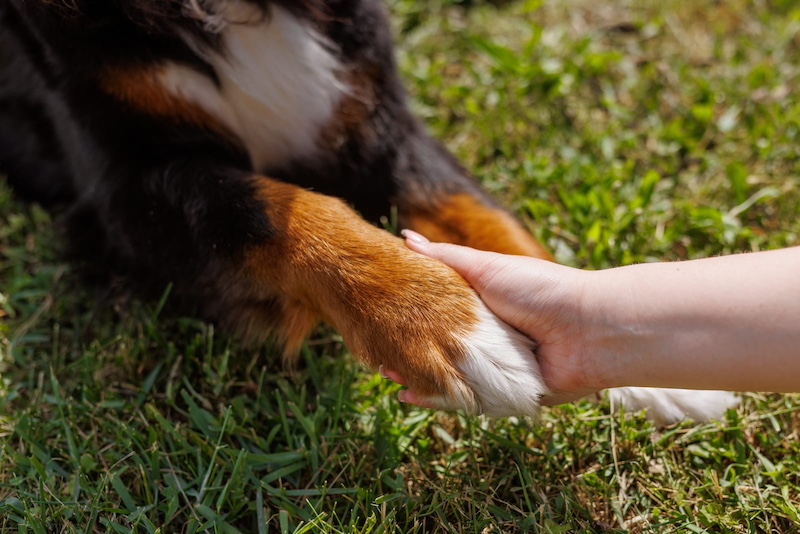
Keeping your dog’s paw pads moisturized can help prevent them from becoming dry and cracked, which can make them more susceptible to burns. There are various paw pad moisturizers available that are specifically formulated for dogs. Regular use can help maintain the integrity of your dog’s paw pads, providing better protection against hot surfaces.
7. Carry Water and Take Breaks
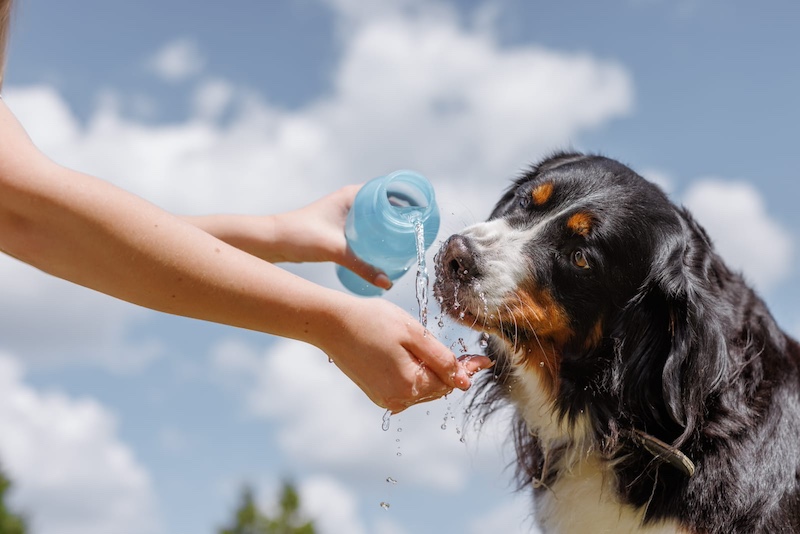
Always carry water with you when walking your dog, especially during warmer weather. Hydration is crucial for overall health and helps keep your dog cool. Take frequent breaks in shaded areas and offer your dog water to drink. This not only helps prevent overheating but also gives your dog’s paws a chance to cool down.
8. Walk on Grass Whenever Possible
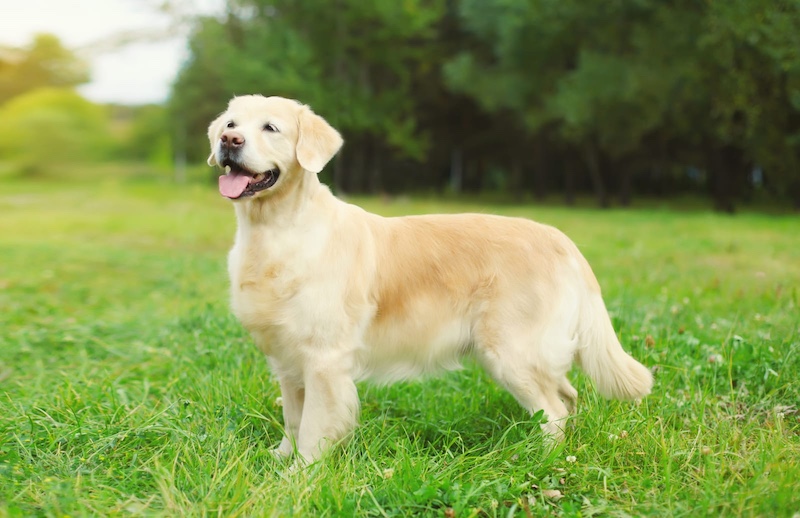
Grass is much cooler than pavement and is a safer surface for your dog’s paws. When possible, choose routes that include grassy areas or parks. Walking on grass reduces the risk of burns and provides a more comfortable experience for your dog. If you live in an urban area, look for green spaces or parks where your dog can walk safely.
9. Consider Cooling Mats
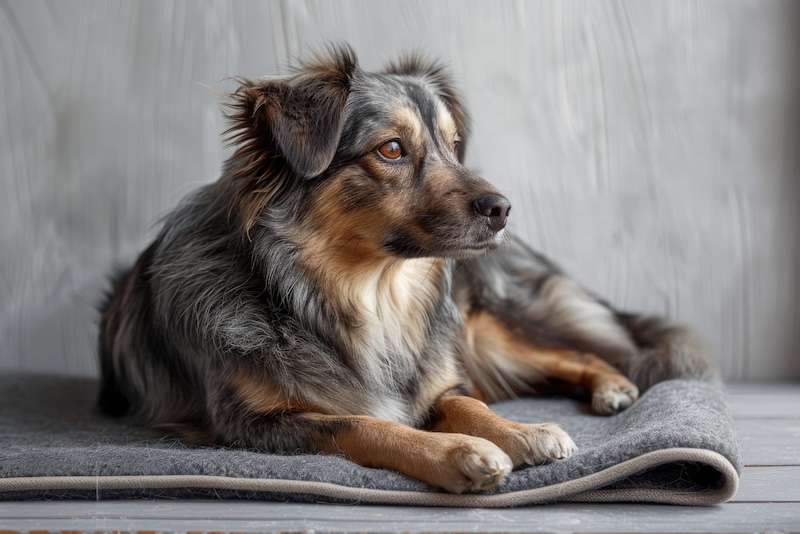
Cooling mats are a great way to help your dog cool down after a walk. These mats are designed to stay cool and can provide relief for your dog’s paws and body. Placing a cooling mat in your home or car can help your dog recover from the heat and prevent overheating.
10. Be Aware of Signs of Paw Injury
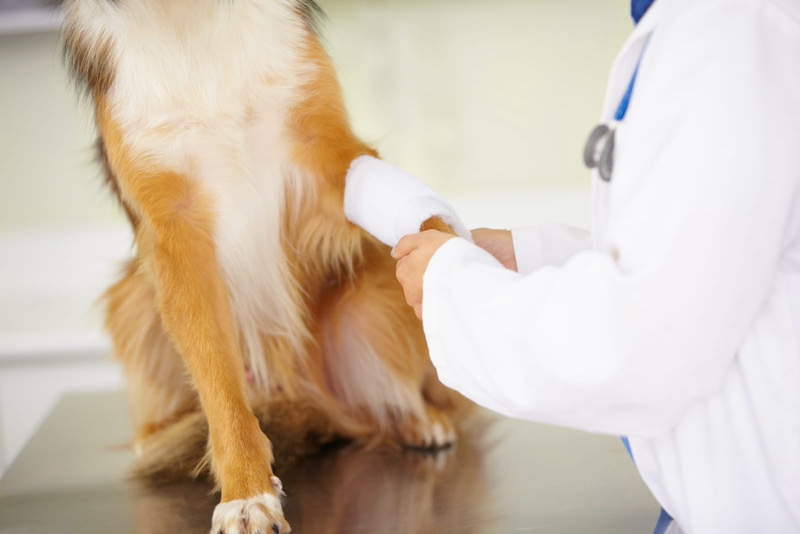
It’s important to be aware of the signs of paw injury so you can take immediate action if needed. Symptoms of burned paw pads include limping, licking or chewing at the paws, red or discolored pads, and blisters. If you notice any of these signs, move your dog to a cooler area and rinse their paws with cool water. Consult your veterinarian for further treatment and care.

